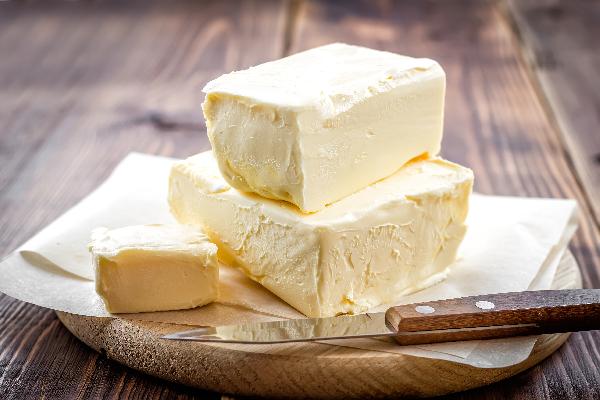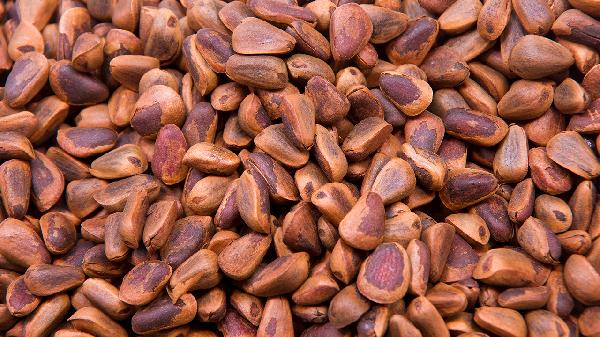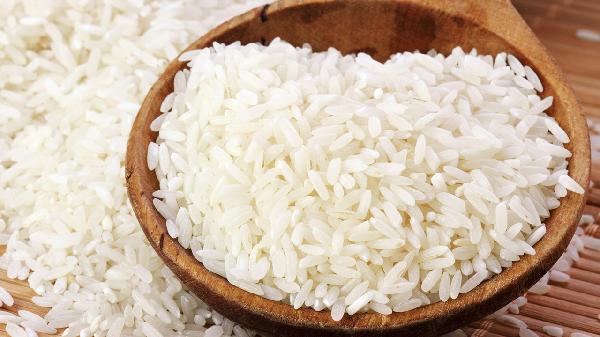Ever stood in the dairy aisle, staring at two nearly identical sticks of butter, paralyzed by indecision? Salted or unsalted—does it really matter? The short answer: Yes, but not always in the way you think. While you can often swap one for the other, knowing when to use which can make or break your dish (literally, in some baking cases). Let’s break it down so you can butter like a pro.

What’s Actually in Your Butter?
At its core, all butter is made from cream—specifically, the milkfat separated from buttermilk during churning. By law, butter in the U.S. must contain at least 80% milkfat, with the rest being water and a tiny bit of milk solids (proteins and, yep, salt).
The only difference between salted and unsalted? Salt. But here’s the kicker: There’s no industry standard for how much salt goes into salted butter. One brand might add a light sprinkle, while another dumps in enough to rival a pretzel. This inconsistency is why bakers often side-eye salted butter—it’s harder to control the flavor in precise recipes.
When to Go for Salted Butter
Salted butter is the MVP of your everyday eating and cooking. Here’s why:
Pro Tip: If a recipe calls for unsalted butter but you only have salted, reduce the added salt by about half and taste as you go.
When Unsalted Butter is Non-Negotiable
Unsalted butter is the gold standard for baking—and here’s why:
Watch Out: Using salted butter in yeast doughs (like brioche) can kill the yeast, leading to dense, sad bread. Not the vibe.
How to Swap Them Like a Pro
Stuck with the "wrong" butter? No panic—just adjust:
Chef’s Trick: If you’re serving unsalted butter at the table, offer flaky sea salt on the side. The crunch and burst of salt take it to the next level.
Butter Beyond the Basics
Keep both in your fridge. Salted for spreading and cooking, unsalted for baking. And remember: Butter is forgiving. Even if you mess up the swap, you’re still eating butter—so it’s basically a win.
























